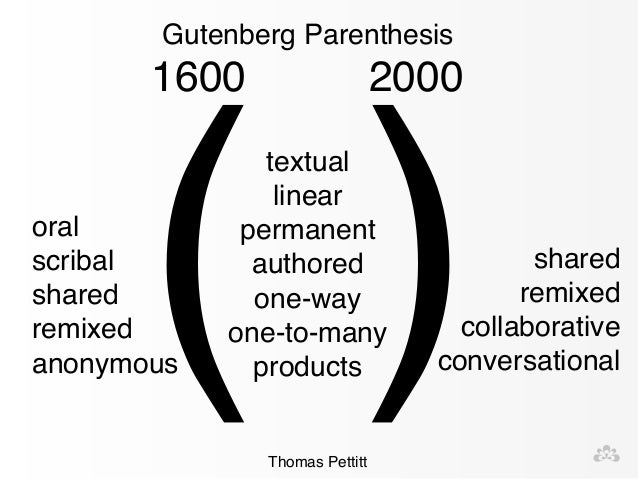To me, the most interesting about this program is that it sounds like it’s targeting post-secondary institutions. There are multiple programs to “teach kids to code”. Compulsory education (primary and secondary) can provide a great context for these, in part because the type of learning involved is so broad and pedagogical skills are so recognized.
In post-secondary contexts, however, there’s a strong tendency to limit coding to very specific contexts, including Computer Science or individual programs. We probably take for granted that people who need broad coding skills can develop them outside of their college and university programs.
In a way, this isn’t that surprising if we’re to compare coding to very basic skills, like typing. Though there are probably many universities and colleges where students can get trained in typing, it’s very separate from the curriculum. It might be “college prep”, but it’s not really a college prerequisite. And there isn’t that much support in post-secondary education.
Of course, there are many programs, in any discipline, giving a lot of weight to coding skills. For instance, learners in Digital Humanities probably hone in their ability to code, at some point in their career. And it’s probably hard for most digital arts programs to avoid at least some training in programming languages.
It’s just that these “general” programs in coding tend to focus almost exclusively on so-called “K–12 Education”.
That this program focuses on diversity is also interesting. Not surprising, as many such initiatives have to do with inequalities, real or perceived. But it might be where something so general can have an impact in Higher Education.
It’s also interesting to notice that there isn’t much in terms of branding or otherwise which explicitly connects this initiative with colleges and universities. Pictures on the site show (diverse) adults, presumably registered students at universities and colleges where “education partners” are to be found. But it sounds like the idea of a “school” is purposefully left quite broad or even ambiguous.
Of course, these programs might also benefit adult learners who aren’t registered at a formal institution of higher learning. Which would make it closer to “para-educational” programs. In fact, there might something of a lesson for the future of universities and colleges.


